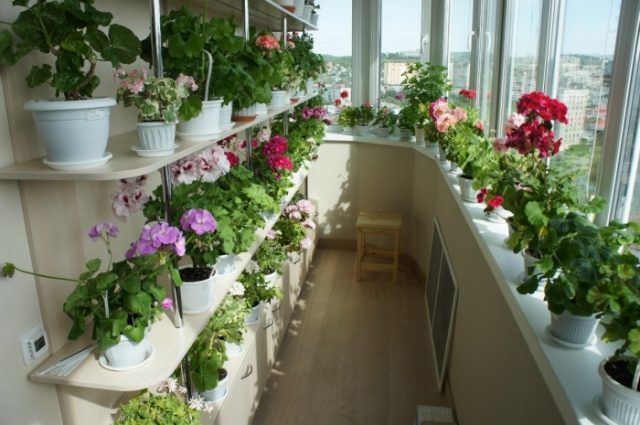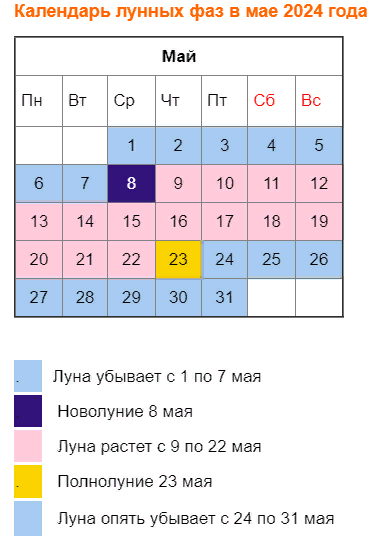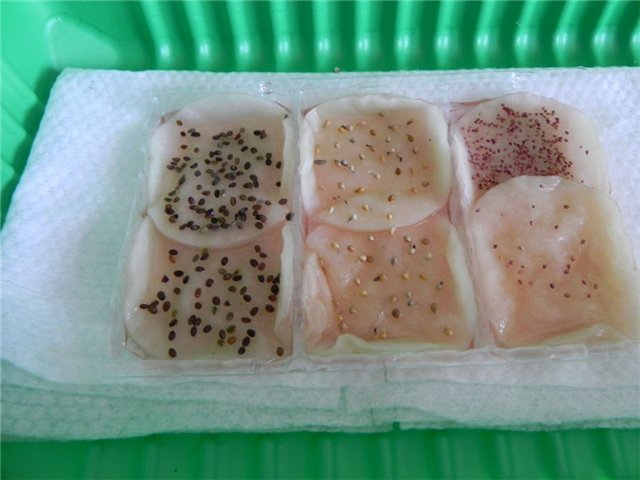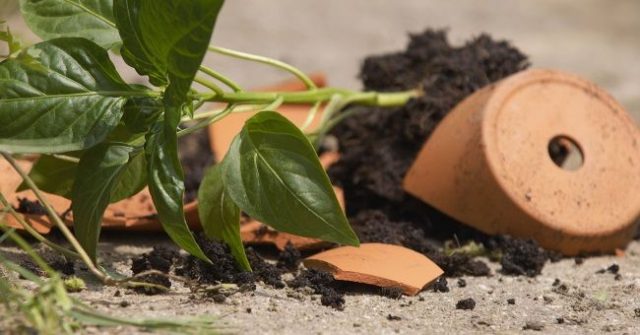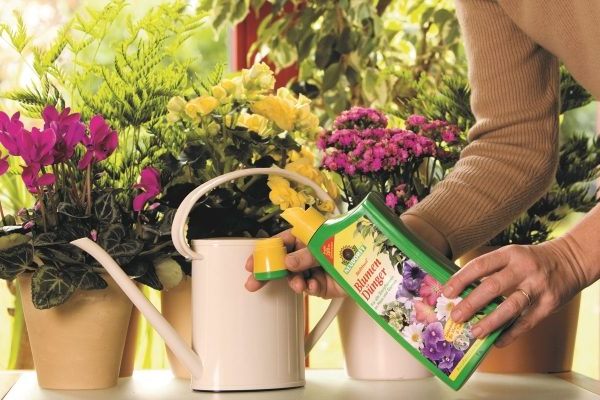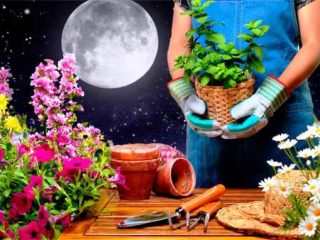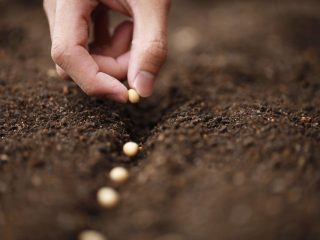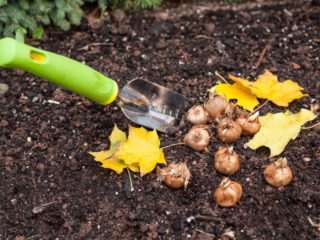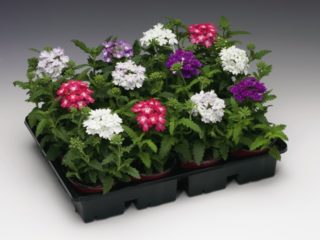Content
To get beautiful, lush indoor and garden plants, you need to know about favorable days for caring for them. The gardener's calendar for May will help determine such cycles. In it you can find information about when to plant, feed, and trim flowering crops. If you follow the schedule of favorable and unfavorable days, you can successfully landscape and decorate not only the window sill, balcony, but also your summer cottage.
Florist's lunar calendar for May
The movement of sap in plants largely depends on the lunar phases. This happens by analogy with the ebb and flow of tides. On favorable days (when the Earth's satellite is growing), flowers can be replanted and pruned. During this period they become more resilient and tenacious.
Moon phases in May
In May, according to the lunar calendar, the celestial body will go through 4 main phases. It is believed that no garden work should be planned on the Full Moon. It’s good to do them before the decline period begins.
The lunar phases will change in the following order:
| 1. | New moon | During this period (the day before the New Moon and the day after), work can be carried out to combat weeds and pests, do sanitary pruning, watering, loosening the soil, sowing seeds, rooting bulbs. |
| 2. | first quarter (waxing moon) | During this period, crops are rooted, planted, moved to a new place, watered and fed. |
| 3. | Full moon | The day before and after, you can thin out dense plantings, uproot weeds, and take measures to combat pests, diseases, and weeds. |
| 4. | third quarter of the moon (celestial body waning) | During this period, bulbous plants can be planted; other species should not be planted. You can carry out thinning, uprooting of weeds, and pest control measures. |
When the moon is waxing, it is good to plant plants. When decreasing, weed them, fight weeds and pests.
Favorable days
According to astrologers, on these days of the lunar calendar you can carry out any manipulations in the garden and with indoor plants. Nothing will affect their growth and flowering in a negative way.
During this period, sowing, transplanting, and rooting are carried out. You can also fertilize and trim the plants. All procedures will have a beneficial effect on the growth and flowering of the crop.
Unfavorable days
It is not recommended to carry out work on May 1, 4, 5, 6, 13, 14, 15 and 27-29. Planting operations cannot be carried out on May 8 and 23. Flowering crops will not take root well and may die.
These days, you can only weed and trim dry, unnecessary shoots.
Florist calendar for May 2024: planting and caring for garden flowers
Work on planting, watering, fertilizing and loosening the soil is carried out in accordance with lunar cycles.Sowing work is carried out on favorable days, on other days - pruning and fertilizing.
Sowing calendar for May 2024 for flower growers
Sowing seeds and rooting bulbous garden cold-resistant plants is carried out on the New Moon. At this time, seeds of garden annuals are sown: poppy, bindweed, calendula, cornflowers. You can also sow garden chamomile, lupine, asters, gypsophila, matthiols. Large seeds should be soaked in warm water for several hours before planting. Small ones - mix with sand to make them easier to sow.
In the middle of the month, when it gets warmer, lavatera, marigolds, nasturtium, and purslane are sown in open ground during the waxing moon. They also root seedlings of garden crops: godetia, snapdragon, chrysanthemum, decorative cabbage, scabiosis.
At the end of May, daisies, amaranth, zinnia, brachycoma, gladioli bulbs, dahlia tubers, and rudbeckia are sown.
Caring for perennials
According to the florist's lunar calendar for May 2024, during the waxing moon, work can be done to care for garden perennial flowers. Winter shelters should be removed and sunlight should be provided to perennial crops. On unfavorable days, you can clean the beds from the remnants of last year’s plants, cut off the dry parts of flowers and unnecessary shoots.
In early May, before the start of the active growth phase, tuber garden crops (aster, helenium, lychnis, echinacea, dahlias) can be divided.
If spring is long, at the beginning of May, according to favorable days of the lunar calendar, tubers of frost-resistant perennials are divided, after which they are planted and rooted in a new place.Such garden flowers include small-flowered chrysanthemum, phlox, and garden buttercup. Each plant to be separated must have at least 3 buds. The baby is cut off with a sharp garden knife, and the cut site is treated with activated carbon.
Young garden flowers are transplanted into soil that has been previously dug up with humus. If the threat of night frosts continues, the seedlings are covered with film at night. During the day, garden flowers are shaded for a week or two.
In the evening, if there are no frosts in May, garden plants are watered. The procedure can be performed on favorable and unfavorable days.
All garden non-flowering perennials need sanitary pruning. May is the right time for this. Pruning of dry shoots is carried out only on unfavorable days of the calendar. Shortening long shoots in order to obtain good lateral branches is done on favorable days in May, according to the lunar calendar.
Feeding and watering can be done on all days of the lunar cycle. If a garden plant needs additional fertilizer after an unsuccessful planting, it is applied only on the waxing moon on favorable days of the calendar.
Lunar calendar for May 2024: caring for indoor flowers
On favorable days, the internal juices of plants flow to the leaves, on unfavorable days - to the roots. When the rhizome is saturated with moisture, no manipulation is carried out with it. The transplantation will not be successful, the survival rate of the culture will be reduced.
When can you replant indoor flowers?
On favorable dates for transplanting indoor crops, internal juices from the root enter the foliage. The root is less damaged, and the survival rate of the crop in the new place is higher. This process occurs during the waxing period of the moon. It is not recommended to disturb indoor flowers during the waning moon.Juices from the leaves enter the root; during transplantation, it is injured, and the survival rate of the crop decreases.
If the crop has bloomed, it should not be disturbed either. Even on a favorable day of the lunar calendar, the transplant will not be successful.
Recommendations for caring for indoor flowers in May
If indoor crops were not replanted in April, this is done in May, but not during the flowering period. A layer of drainage is placed at the bottom of the flower pot, fertile soil mixture is poured on top, and the indoor plant is rooted. In about 14 days the flower will take root with proper care.
To ensure that an indoor transplanted flower takes root quickly, do the following:
- Flowers on the windowsills from 11 o'clock in the afternoon until 14:00 provide shade from the first May sun rays. They are especially destructive for orchids, geraniums, begonias, ferns, and violets.
- Watering indoor plants is carried out in the morning or evening. Every day, until the flower takes root, it is sprayed. After transplantation, moisturizing indoor flowers should be regular but moderate.
- On favorable days of the month, in order to achieve abundant flowering in jasmines, fuchsias, and pelargoniums, the tops are pinched.
- If 14 days have not passed after transplantation, you should not take indoor plants to the balcony. After this time, if there is no frost, the flowers can be taken out into the air for hardening.
Feed indoor plants once in the spring, in May. Choose a favorable day of the lunar calendar, when the celestial body is growing. Any ready-made substrate corresponding to a particular flower is chosen as a fertilizer. It is convenient to use liquid fertilizers for indoor crops.They are added according to the instructions.
It is important to inspect the flowers once a week for the presence of dry leaves, shoots, and pests. Damaged stems and leaves are cut off on unfavorable days of the lunar calendar, on the waning moon. During the same period, pest control is carried out. This also applies to indoor trees: lemon, ficus, dracaena, palm.
In the last month of spring, indoor balcony flowers are sown: petunias, lobelias, violas.
Cyclamen, amaryllis, gloxinia and hyacinths are removed to a dark, cool place after flowering. Water once every 2 weeks until the next season.
Conclusion
The florist's calendar for May will tell you at what time to carry out this or that procedure for caring for indoor and garden plants. Their growth and flowering are not always affected only by weather conditions, timely replanting, and pruning. The phases of the moon also contribute to this process. If you focus on the phases of the moon when caring for flowers, you can increase the survival rate of plants and encourage them to bloom lushly.
